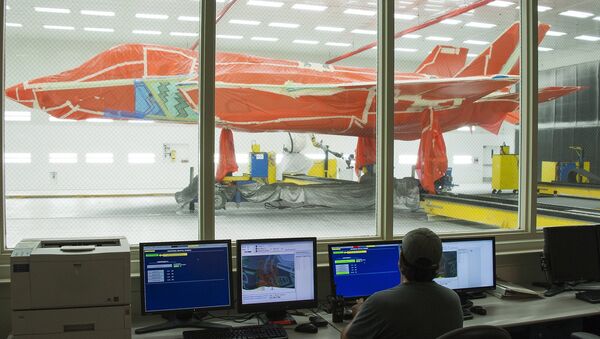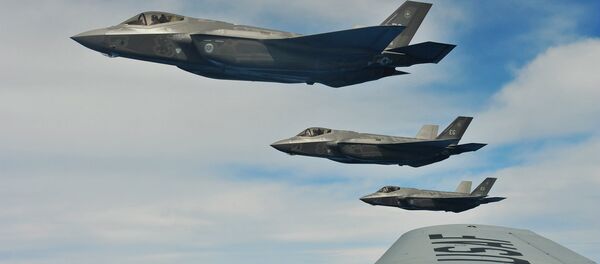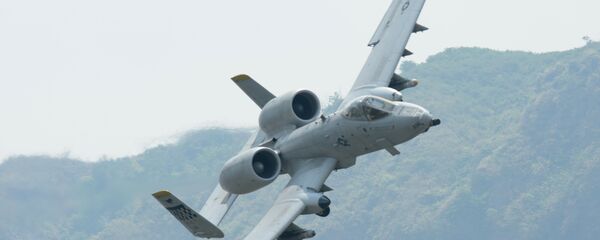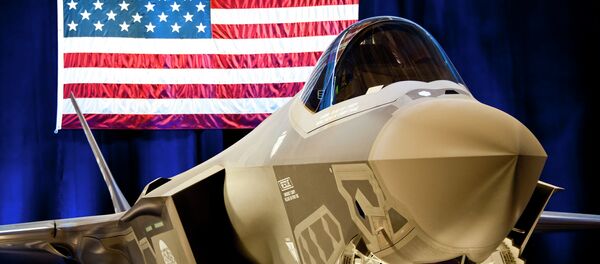Despite being riddled with problems, the $1-trillion F-35 Lightning II program will see increased production in coming years, as defense giant Lockheed Martin prepares to roll out hundreds of the problematic aircraft.
Lockheed maintains two facilities for F-35 assembly. While one is in Italy, the other is a massive factory in Fort Worth, Texas, that was once used to build the B-24 Liberator, a heavy bomber used by every branch of the US military in both the Pacific and European theaters during World War II.
Following the B-24’s retirement at the end of the war, the plant was used to build B-36 Peacemakers, F-111 Aardvarks, and F-16 Fighting Falcons, with over 10,000 planes assembled in total.
Recently, the facility – known as Air Force Plant 4 – has undergone massive revisions. Lockheed has modernized the factory, lowering interior air pressure in order to keep dust particles from interfering with the F-35’s finely-tuned components.
"I came to work here eight years ago," Lockheed spokesman Mike Rein told Defense One. "Nothing in this building right here, apart from the walls and the ceiling, looks the same."
Each F-35 comprised of roughly 300,000 parts, of which roughly half are created overseas prior to assembly in the US. With all three variants of the aircraft produced at the mile-long factory, the temperature inside is kept at 72 degrees Fahrenheit to keep the tools calibrated.
With over 2,200 people working on the assembly line and another 1,500 office personnel, a single F-35 currently takes some 43,000 man-hours to put together, a significant improvement from the 160,000 man-hours it took to assemble the first F-35.
The extensive labor required helps explain the $100 million-per-plane price tag.
The F-35 uses state-of-the-art stealth technology, but as F-16 designer Pierre Sprey told Radio Sputnik recently, the new aircraft would be vulnerable to the planes built in the same factory 70 years ago.
"Stealth itself dated all the way back to World War II, but was a relatively cheap and low-level operation until [former US Defense Secretary] Bill Perry saw it as a hook for selling a whole new generation of missiles and very expensive bombers and fighters," Pierre said.
"Every Battle of Britain radar would be able to see every stealth airplane today, loud and clear. That’s the irony. Stealth is supposed to be the latest hook that obsoletes everything that came before it, but WWII radar sees it perfectly."
Lockheed plans to build 53 F-35s this year, and by 2019 hopes to begin rolling out 17 per month.





